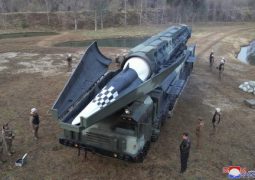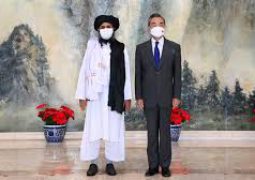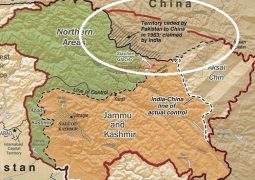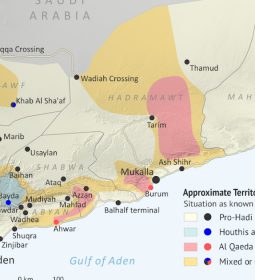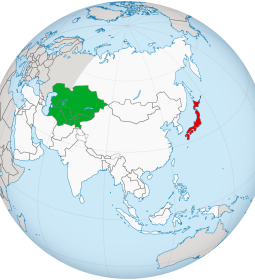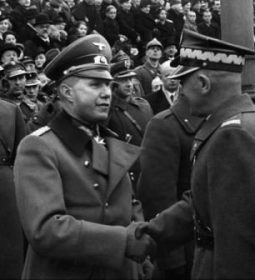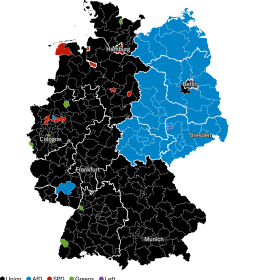With tunnels and guile, militants battle overwhelming force in Iraq
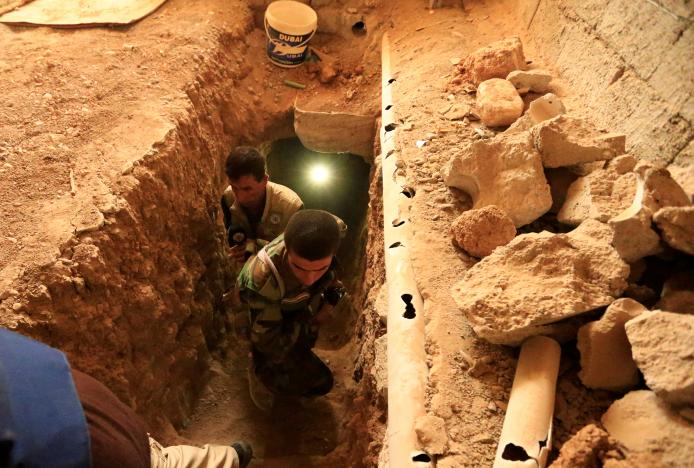
Judging by the huge number of bullet holes that penetrated a house in this northern Iraqi town, the sniper who had been defying Kurdish and American forces should have died quickly.
But a look inside the villa in Bashiqa one day after Kurdish peshmerga forces said he was eventually killed by an air strike showed how he evaded death for almost an entire day of fighting.
It also revealed how jihadist snipers use innovation and guile to take on enemies with far greater fire power.
The house used by the sniper as a base to target the Kurdish and American forces as they push toward Islamic State’s main stronghold in the city of Mosul had clearly been turned into a battle center.
The militants had punched holes through the walls into nearby houses, allowing the sniper to run back and forth safely as Kurdish forces used an array of weapons — from wire-guided missiles to artillery — to try to eliminate their enemy, and U.S. special forces pounded the house with the computer-guided machine guns on their armored MRAP vehicles.
In several rooms there were huge mounds of dirt left over from digging tunnels. One tunnel was tall enough for an average size man to move through quickly whilst slightly crouching down.
Even though there was no sign of the sniper or his comrades who ruled Bashiqa for two years, peshmerga forces were on edge.
Major-General Mohammad Yasseen arrived to inspect the damage. Pointing to several rows of houses in the neighborhood he said: “There are tunnels beneath all these houses.”
The Iraqi military has captured at least one industrial tunnel boring machine with a diameter of around 2 meters, and Kurdish officials say a far greater and more complex network of Islamic State tunnels awaits Iraqi forces in Mosul.
SNIPER THREAT
Clearing those tunnels and making sure there are no booby traps or hidden suicide bombers will be a laborious task. Snipers like the one who held up the peshmerga in Bashiqa will also pose a lethal threat in a large city.
“Snipers are our biggest concern at this point … You don’t know where and when a sniper will strike. It’s nerve-wracking,” an officer in the elite Counter Terrorism Service told Reuters.
In front of the house in Bashiqa was a burnt-out car. A Kurdish fighter inspecting the villa turned and said: “Be careful, there could be a suicide bomber hiding in one of these rooms.”
When Islamic State swallowed up towns like Bashiqa in 2014 they made their sectarianism quite clear. In Bashiqa, Kurdish officers said, they destroyed and ransacked the houses of any non-Sunnis, including Shi’ites, Yazidis and Christians.
Some nearby shops, now abandoned, had the word ‘Muslim’ written on them, apparently by Islamic State to differentiate them from the others.
The sniper’s house had clearly been turned into a military fortification.
Some remaining belongings of people who once lived there were scattered about. A blue shirt lay on the floor and a few Turkish coffee cups were next to a small silver trophy. Some blankets were covered in dust.
Kurdish officers said there were only about 20 Islamic State militants left in the town. They appeared to be the target of occasional shooting and a few artillery rounds – far less intense than the day before when peshmerga stormed the town.
Kurdish forces in Humvees drove along the main road that the sniper had targeted on Monday, past the abandoned shops. Near one of the shops was a red flag stuck into the ground to indicate that Islamic State had planted a roadside bomb.
By Michael Georgy
(Additional reporting by Saif Hameed in Baghdad; editing by Giles Elgood)





